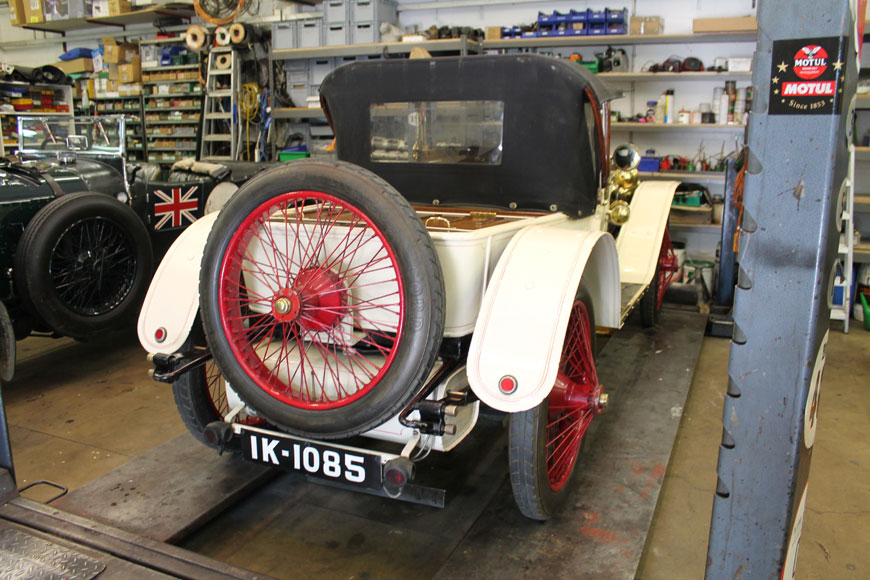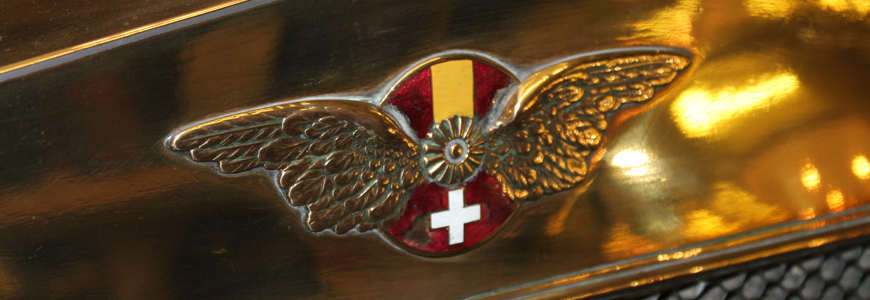
This month, a life-saving new exhibit joins the National Motor Museum collection, while a Spanish veteran car is revitalised.
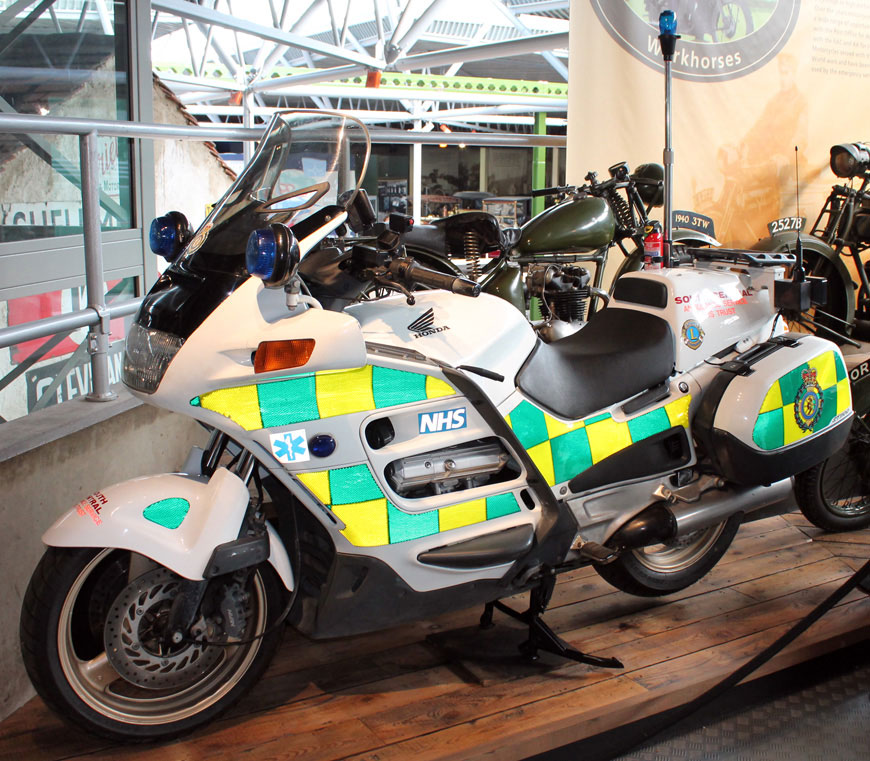
Honda ST1100 for emergencies
Whether they are fire engines, police cars or ambulances, only the most capable vehicles are chosen for use by the emergency services. In life-or-death situations, when every second counts, nothing but the swiftest, most dependable and best machines will do. The latest addition to the National Motor Museum collection, a Honda ST1100 motorcycle, is one of these incredible workhorses.
For reaching those in need as quickly as possible, motorcycles are used by the ambulance service with First Responders able to cut through traffic to arrive at the scene of an accident swiftly. The 2001 Honda ST1100 Pan-European that has now gone on display in The Motorcycle Story section of the museum was used for its entire life by the South Central Ambulance Service, mainly in Oxfordshire and Hampshire.
With a 1084cc V4 engine producing 100bhp, this tough touring bike has a top speed of 135mph and proved to be ideal for demanding emergency service use, making it a popular choice for both ambulance and police services. Still bearing its flashing blue lights and high visibility reflective livery, the bike can now be seen up close in The Motorcycle Story section of the museum.
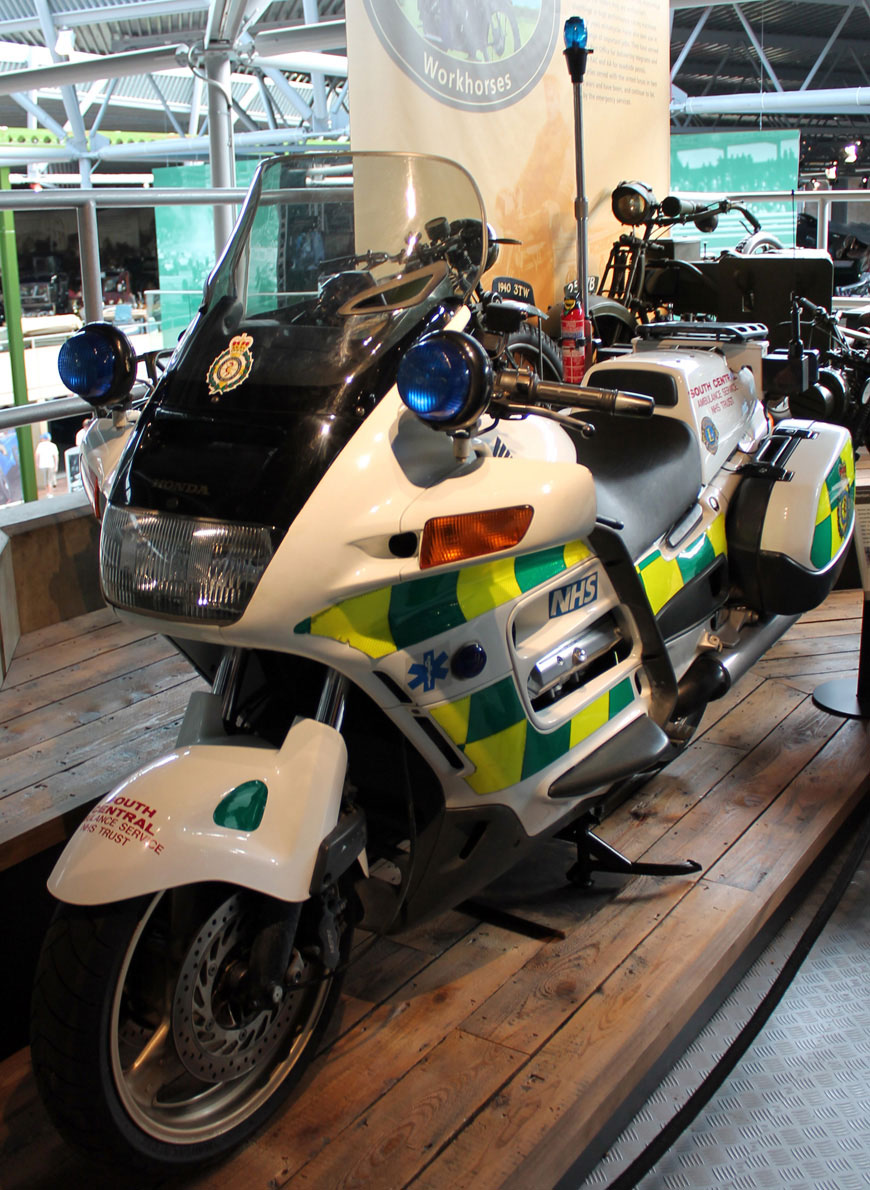
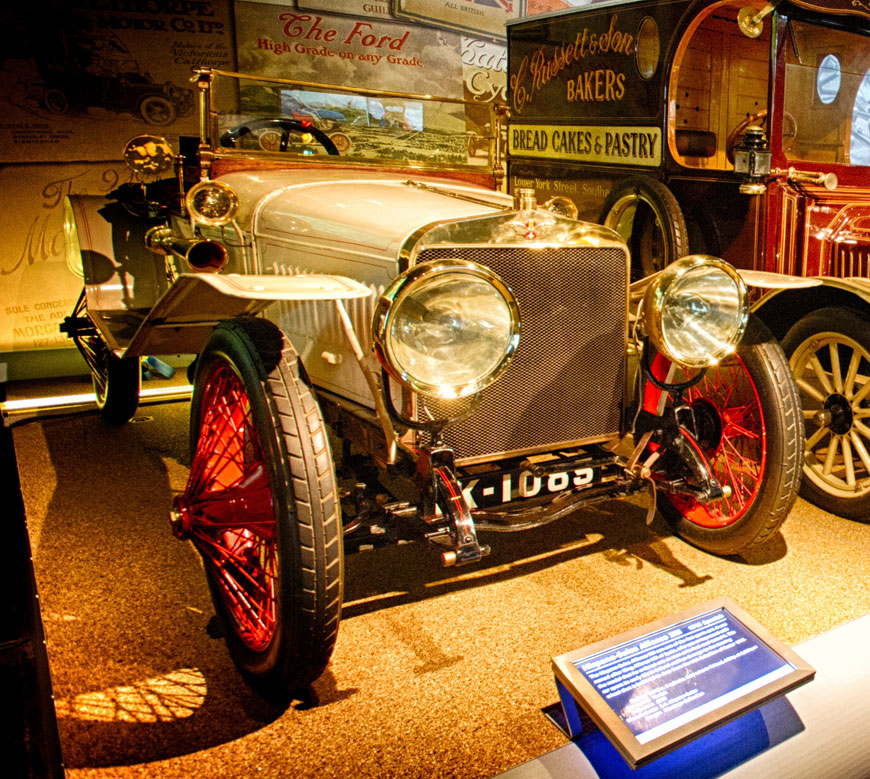
Hispano Suiza with a colourful past
The best way for workshop engineers to keep the numerous vehicles on display in excellent condition is by running them at rallies and on test runs.
However, not all of the exhibits get to stretch their legs so regularly. Greeting visitors in the entrance hall of the museum, the 1912 Hispano Suiza had not been driven for several years when workshop engineers carried out a thorough service and inspection. By breathing new life into its dormant 3615cc engine and loosening the unit up in the process, they have ensured that it remains in excellent condition for years to come.
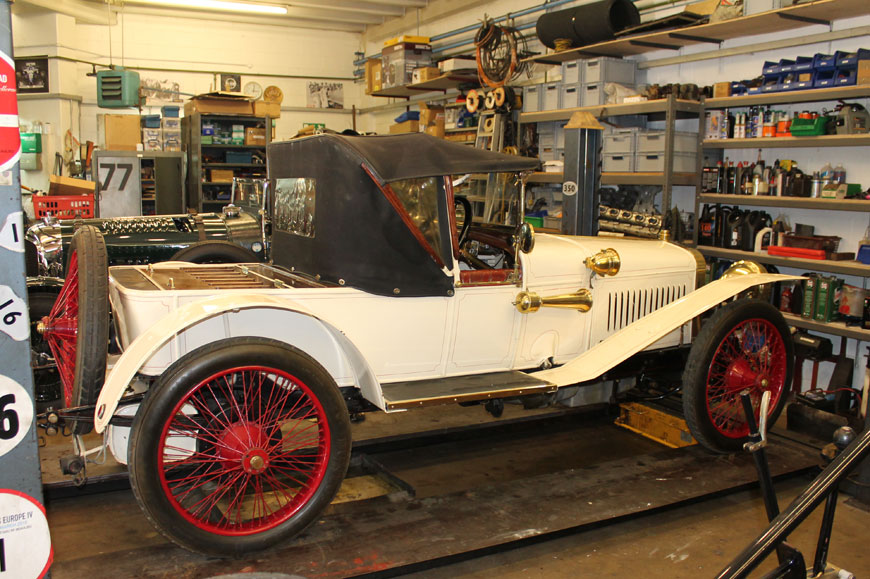
The Spanish sports car is believed to be one of just three examples in the UK and has a fascinating history. Its steering wheel was damaged by a ricocheting bullet, which killed one of its previous owners, during the Irish Rebellion in 1916.
Now back on display in the museum, this remarkable machine can be seen and enjoyed by visitors once again.
